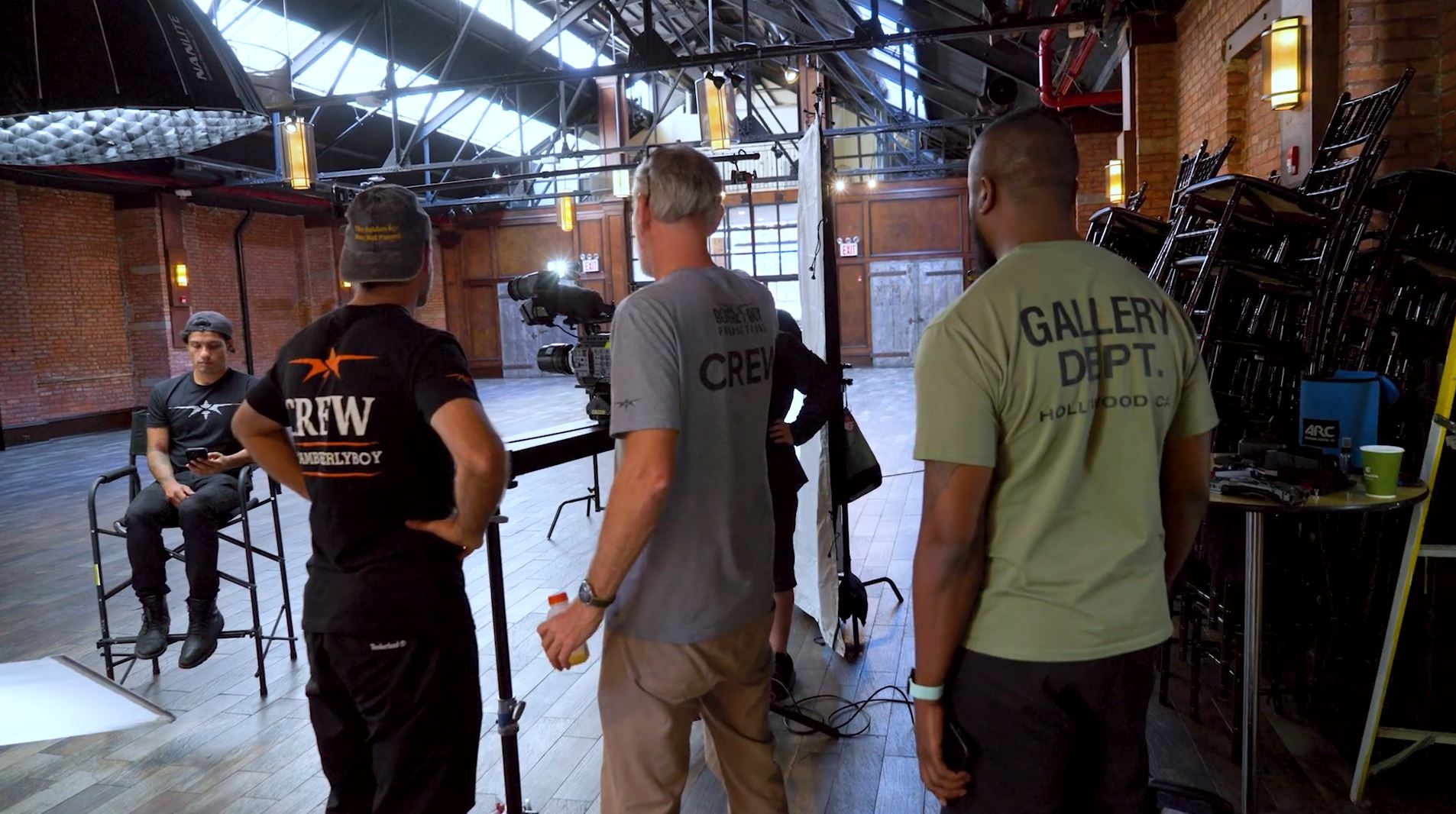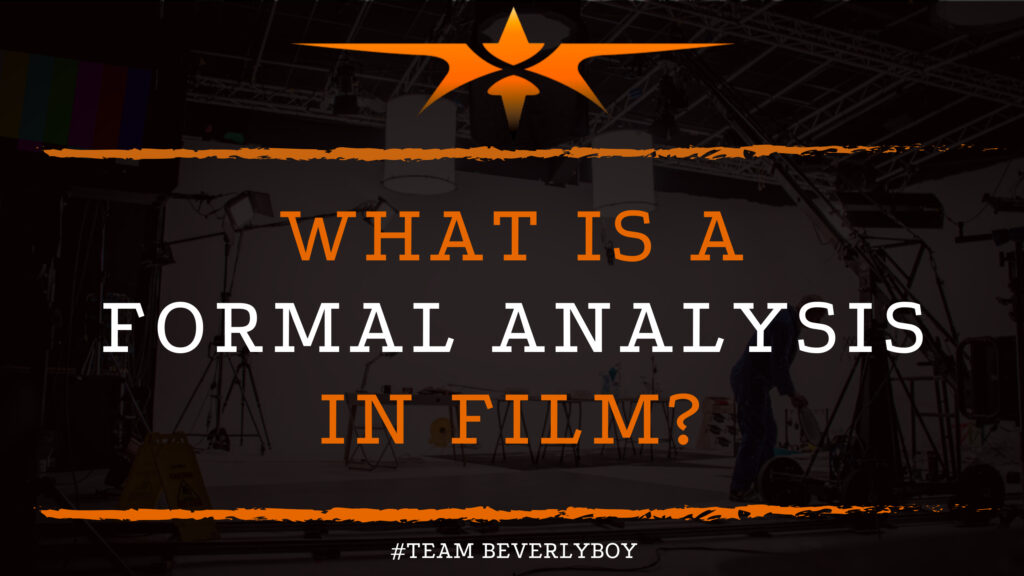What is a Formal Analysis in Film?
Various elements of film analysis are represented in any formal analysis that is mentioned throughout film study or the education of film students. In fact, writing a formal film analysis certain requires that the author examine a number of individual parts. And choices that are made in connection with the creation and ultimate production of a film. Are you wondering what constitutes formal analysis in the film industry? And as we look to answer the common question, “What is formal analysis in film”?

We also examine the various elements of film analysis that come up during the formal research and study of film media.
What is a Formal Analysis in Film?
Exactly what do we mean when we say “conduct a formal analysis in film?” What film elements will be studied? What is it that makes some elements formal in nature, but not others?
The ultimate reality is that formal film analysis focuses on elements of cinematography and sound design.
As well as editing to establish thorough representation of how a film was made and the various planned and unplanned elements that went into creating the project.
Writing a Formal Film Analysis
Typically, when it comes to answering the question, “What is formal analysis in film?”
The primary concern is in writing a formal analysis for a film or in educating students in the formal analysis of film media.
Thus, when it comes to writing a formal film analysis? There’s a step-by-step process that takes place in order to achieve the final film analysis in writing.
Writing a formal film analysis typically involves the following steps:
- Watching the film with an underlying focus on viewing beyond the basics of visual and the story. The viewer should be thinking about the individual elements involved in creating the film from the beginning steps of writing the script to actually filming the production.
- Establishing connections between the underlying concepts or symbolism of the story and the intent of the filmmaker.
- Brainstorming ideas about the central theme and thesis of the film.
- Articulating significant understanding of the creative elements involved in film production.
Types of Formal Film Analysis
To answer the question, “What is a formal analysis in film,” it’s important to address the individual types of film analysis.
Not only must you examine the elements of filmmaking involved in a production.
But these elements must be assessed in a particular manner. Based on the type of analysis that you intend to write.
The most common types of film analysis include:
Semiotic film analysis
This represents an interpretation of the signs, symbolism, and underlying metaphorical meaning behind elements used throughout a film.
Films that use a lot of connotation are likely to be analyzed using semiotic film analysis.
Narrative film analysis
This represents studying the narrative structure of the film including the characters, plot and the outcomes of the story.
Cultural film analysis
Sometimes referred to as historical film analysis. This includes studying the relationship that the film has with history, culture, or underlying theoretic elements involved.
Mise-en-scene film analysis
This represents the study of mise-en-scene in which various compositional elements of a film have been introduced through blocking, lighting, color, costume and design to deliver a particular perspective.

Elements of Film Analysis
Depending on the type of formal film analysis that is being examined. Certain elements might become more of a focus for the analysis than others.
Formal elements of film are often represented by the analogy “the big four.”
As such, there are four elements of film which are most frequently analyzed in a formal analysis.
They include:
- Mise-en-scene
- Cinematography
- Editing
- Sound
Any of the Four
While there are many other elements involved in the filmmaking process, most of the most intricate elements involved in a formal film analysis can be categorized into one of these four major elements.
For example, if you were to analyze mise-en-scene, the focus would be very much on elements of props, lighting, costume, and makeup.
As well as the ways that the filmmaker focused the story on the use of elements of architecture, landscape. And things like computer generated imagery in order to establish the “scene” of the story.
A Study
Likewise, if analyzing cinematography, the study of the film will focus on the manipulations of the camera and the shots that are incorporated into the production.
This would involve studying camera angles, distance, movement, and other elements associated with the cinematography involved in the production.
Editing
Formal film analysis may also focus on editing. When editing is the focus element of the analysis, the spectator will examine elements of logical development involved in the off-screen editing.
As well as the individual juxtaposition of shots, scenes, and other elements that went into finalizing the film.
This may include analysis of graphic elements, the use of spatial relations, diegesis, and other elements of editing that are largely involved in the final post-production process of creating a film.
In Summary
Finally, when sound is the focus of the formal analysis of a film the spectator will examine elements of audible technique.
Which apply to the interpretation of the film and how we accept what we see and hear in conjunction with one another.
Formal film analysis that examines sound production. In addition to various other elements of the film will focus on voice, music, and sound effects in the depiction of the story.

